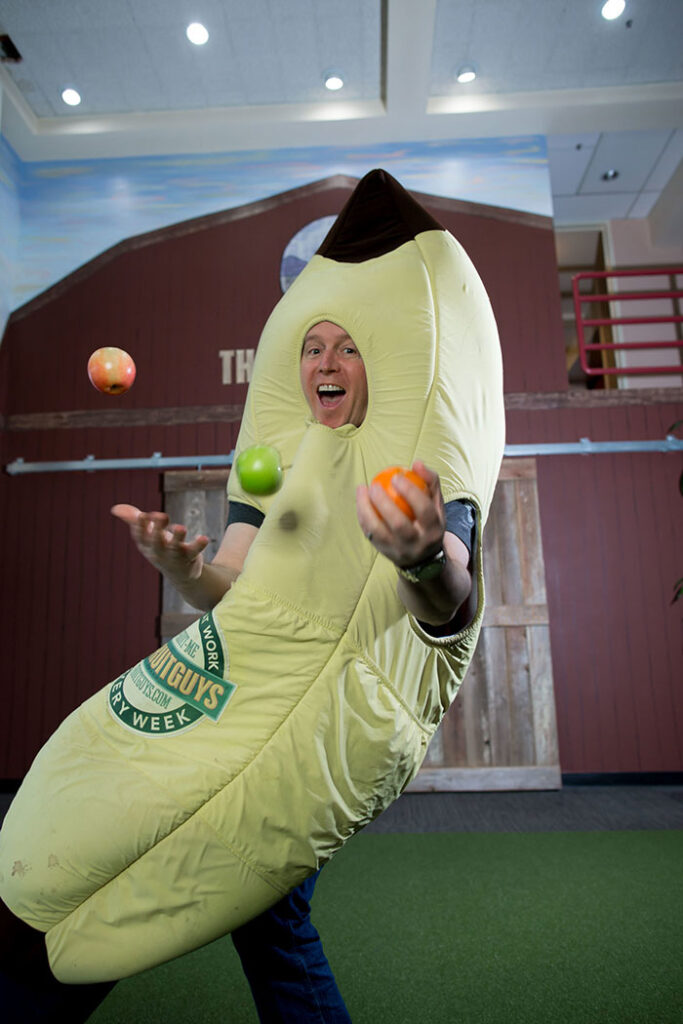Summer Fruits You Should Taste
- By Erin Mittelstaedt
- Reading Time: 3 mins.
Did you know that American farmers grow more than 100 different varieties of peaches? Most of us think of peaches as either white or yellow (same with nectarines) but there are at least 1,000 kinds of peaches worldwide, from the firm-but-juicy Pink Moon to the extra-large, red-skinned O’Henry. Some of them are only ripe and delicious for a week or two before the next variety arrives in one long summer parade.
In our company meeting last week, our buyers from across the country spent almost an hour talking about the sheer variety of peaches and other fruits they’re anticipating this summer. Here is the summer fruit lineup they shared, in the order that they appear.
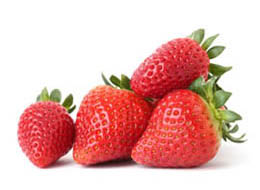
Fruits Worth Watching For
Strawberries, raspberries, and blackberries arrived in early spring in California and will continue through the summer.
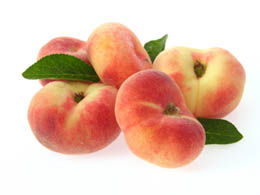 Peaches snuck in early this year, starting in mid-spring in some places. We’re still waiting on summer favorites like organic Sun Crest peaches from Masumoto Family Farm, though, which should show up in August. Peach season will continue through the fall.
Peaches snuck in early this year, starting in mid-spring in some places. We’re still waiting on summer favorites like organic Sun Crest peaches from Masumoto Family Farm, though, which should show up in August. Peach season will continue through the fall.
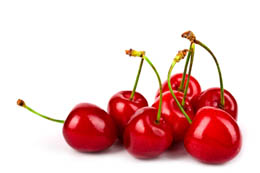 Cherries and blueberries appeared this month, signaling the start of the summer season. Cherries will continue through August, and we’re expecting blueberries through October.
Cherries and blueberries appeared this month, signaling the start of the summer season. Cherries will continue through August, and we’re expecting blueberries through October.
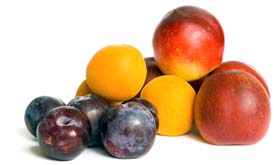 This month will also bring apricots (look out for the sweet-sour Firecot), nectarines (Zee Fire, Pearlicious, and Nectapie, oh my!), plums, and their hybrids to California, with the rest of the country following behind.
This month will also bring apricots (look out for the sweet-sour Firecot), nectarines (Zee Fire, Pearlicious, and Nectapie, oh my!), plums, and their hybrids to California, with the rest of the country following behind.
I have a special place in my heart for plums. As a kid, I ate so many that my family called me “Plum Body.” Back then, I thought of plums as either “red” or “black,” but now I know there’s a whole universe of varieties out there, from the Black Amber to the Red Beaut. Not only are there dozens of plums, there are also hybrid varieties like pluots (a plum/apricot hybrid that’s mostly plum), apriums (a plum/apricot hybrid that’s mostly apricot), and plumcots (a plum/apricot hybrid that’s equal parts of each fruit).
So, with all these wonderful fruits appearing, which are my favorites? I’ll take one of everything, please! I love Bing cherries and Pink Moon white peaches. Sweet nectarines like the yellow Honey Blaze are delicious. And of course, I can’t skip the plums, though I now prefer pluots like the Dapple Dandy and Flavor Grenade, and plumcots like the Red Velvet.
I hope you get a chance to try all of my favorites and more this summer. Below, you can find a few fruit terms that will help you talk about them like a FruitGuy.
Erin’s Summer Fruit Terms to Know
Stone Fruit – A stone fruit is a piece of fruit with a hard pit, or “stone,” in it. A lot of summer fruits are considered stone fruits, including apricots, plums, peaches, nectarines, and cherries.
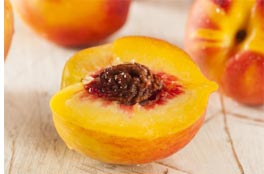
Clingstone – You can sort peaches into three different pit types: clingstone, freestone, and semi-cling. The pits of clingstone fruit are hard to remove. It’s almost as if the flesh of the peach knits around the pit and holds it in. The type of pit doesn’t affect the quality or taste of the fruit. However, many early-season varieties of peaches are clingstone.
Freestone – Freestone peaches have pits that are easier to remove. They will often come right out when you pull them.
Semi-cling – Semi-cling peach varieties are halfway in between clingstone and freestone, with pits that are stubborn but not too stubborn.
Hybrid – Hybrid fruits appear when different species of fruit combine to create a new plant. In some cases, this hybridization happens naturally (remember the Cara Cara?) but many hybrids are intentionally created, sometimes even by splicing two trees together. It’s important to note that hybrid does NOT mean GMO. Hybrids are grown and propagated through natural processes, not genetic engineering.
Welcome to the Chief Banana newsletter—weekly letters from the desk of The FruitGuys’ CEO. Find more Chief Banana newsletters here. To get Chief Banana in your inbox every week, fill out the “Subscribe to our Newsletter” form on this page.


